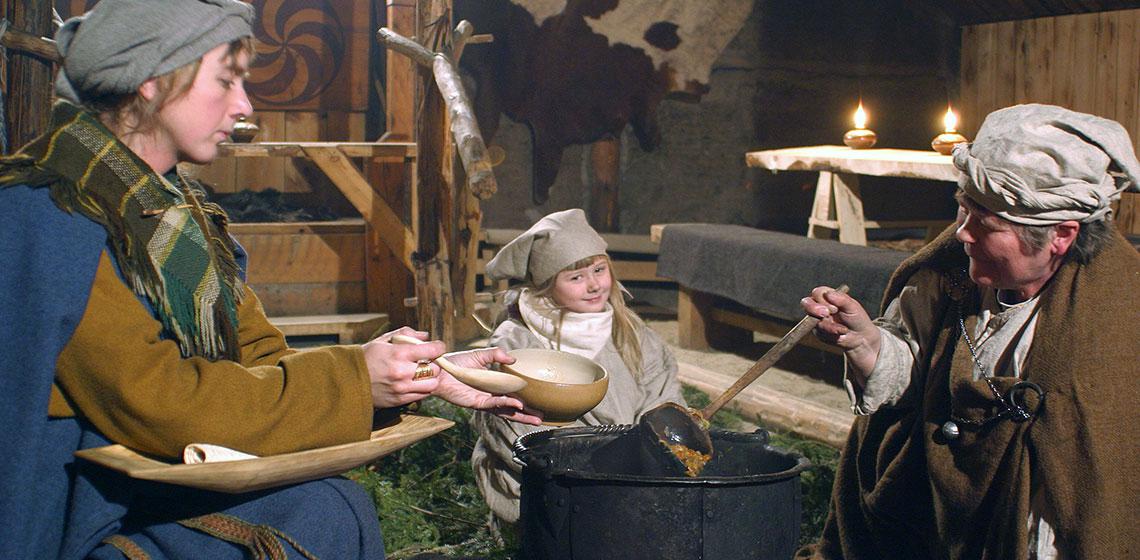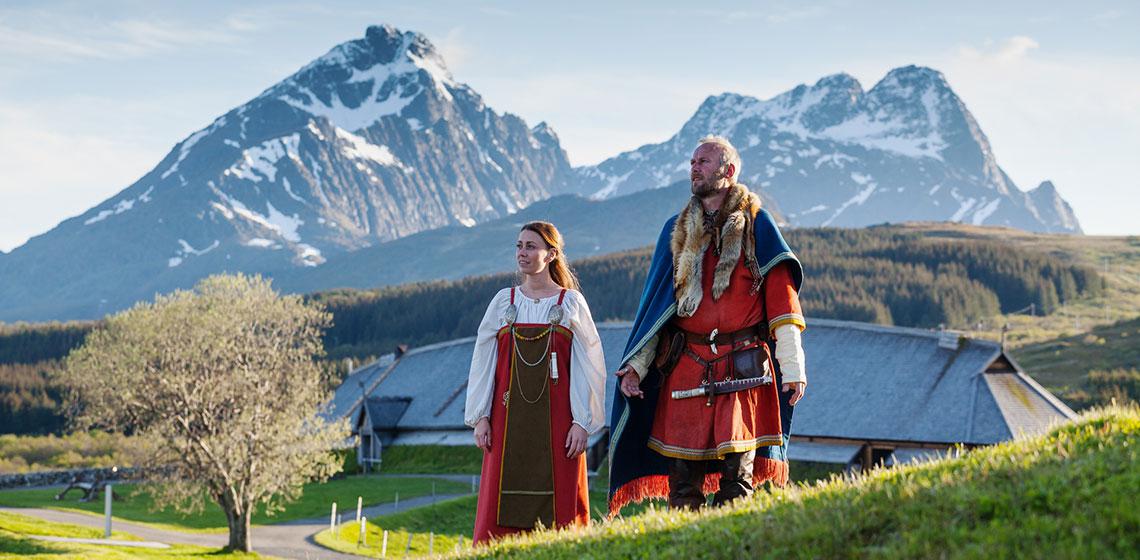Genesmons Arkeologiska Friluftsmuseum (SE)
At Genesmon, the University of Umeå conducted archaeological research from 1977 to 1988. Here burial mounds and a settlement of the Early Iron Age were uncovered. Traces of iron processing were recognised as well as bronze casting refuse - some containing remains from gilding - and a textile workshop.
At Genesmon, the University of Umeå conducted archaeological research from 1977 to 1988. Here burial mounds and a settlement of the Early Iron Age were uncovered. Traces of iron processing were recognised as well as bronze casting refuse - some containing remains from gilding - and a textile workshop...









